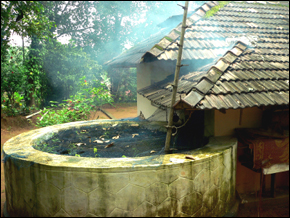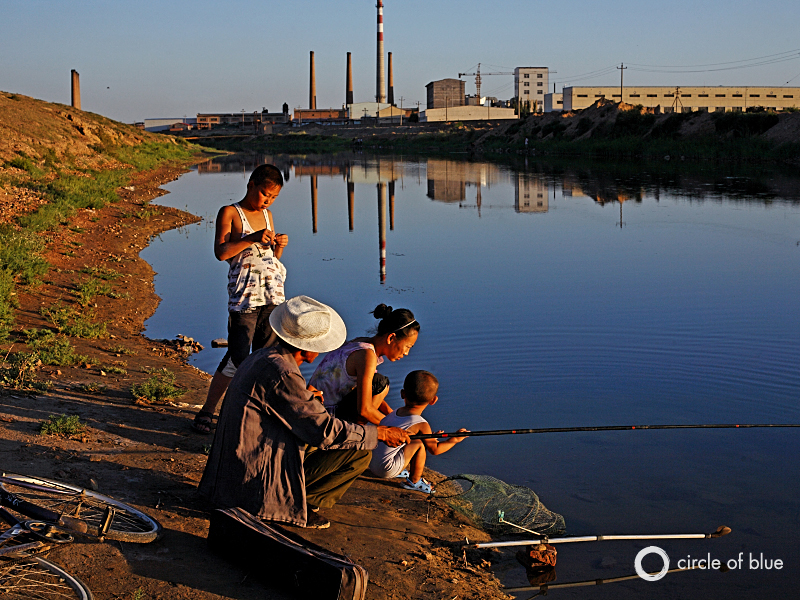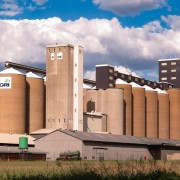India Cities Focus on Rainwater Harvesting to Provide Clean Drinking Water
 National and local governments are creating new regulations and funding sources to increase water harvesting.
National and local governments are creating new regulations and funding sources to increase water harvesting.
Many Indian cities lack sufficient water supplies. Urban growth is making it difficult and expensive to build the dams, pipelines and canals used in the modern era to supply cities with water. In comparison, rainwater harvesting systems are a low-cost, low-impact way for cities to increase supplies.
Rooftop rainwater harvesting systems are now mandatory for new buildings in 18 of India’s 28 states and four of its seven federally-administered union territories, according to India’s Press Information Bureau.
Because of falling groundwater tables and the cost of developing surface supplies, new government mandates and funding emphasize rainwater harvesting.
About 50 percent of the funds for India’s rural employment act are being used for water harvesting systems, said the Minister for Rural Development to the Press Trust of India.
A rule requiring all new buildings in Bangalore to incorporate water harvesting systems will be extended to all cities in Karnataka state next year, according to DNA India. The state is also considering a water bill rebate for citizens who install such systems in their houses.
Rainwater harvesting would provide Bangalore’s water needs for six months of the year, said the city’s water chief at a conference on urban water development last week.
Delhi’s water board has a program to provide technical support and financial incentives for residents and businesses wanting to install a system. The city’s government buildings are already required to have harvesting systems, according to the Tribune India.
Even though regulations are being enacted, making sure the rainwater systems are actually built is another matter. Mumbai’s water supply operator made it mandatory in 2002 for new buildings with an area of 1,000 square meters to have rainwater systems installed, but the rule has been poorly implemented because of a lack of monitoring, the Telegraph of India reported.
Most harvesting systems use a building’s rooftop as a catchment area. After the rain falls, it is channeled from gutters into pipes that lead to a storage tank. The captured water can be used for household use or for recharging groundwater.
A GlobeScan/Circle of Blue opinion survey in August 2009 found that Indian citizens consider water pollution and freshwater shortages the most serious environmental problems in the country.
Source: Press Information Bureau
Brett writes about agriculture, energy, infrastructure, and the politics and economics of water in the United States. He also writes the Federal Water Tap, Circle of Blue’s weekly digest of U.S. government water news. He is the winner of two Society of Environmental Journalists reporting awards, one of the top honors in American environmental journalism: first place for explanatory reporting for a series on septic system pollution in the United States(2016) and third place for beat reporting in a small market (2014). He received the Sierra Club’s Distinguished Service Award in 2018. Brett lives in Seattle, where he hikes the mountains and bakes pies. Contact Brett Walton











Additional antimicrobial treatment would be best achieved with silver ionization using our pure silver electrodes and our Biophysica ionizer, rather than using Chlorine which causes cancer. Less than 1 ppm of silver will not only provide safe long-term residual disinfection of the stored water but will also inactivate organisms in those who ingest it. Look at biophysica.com
Yes .I am interested to know more details about rain water harvest provide in to drinking water.